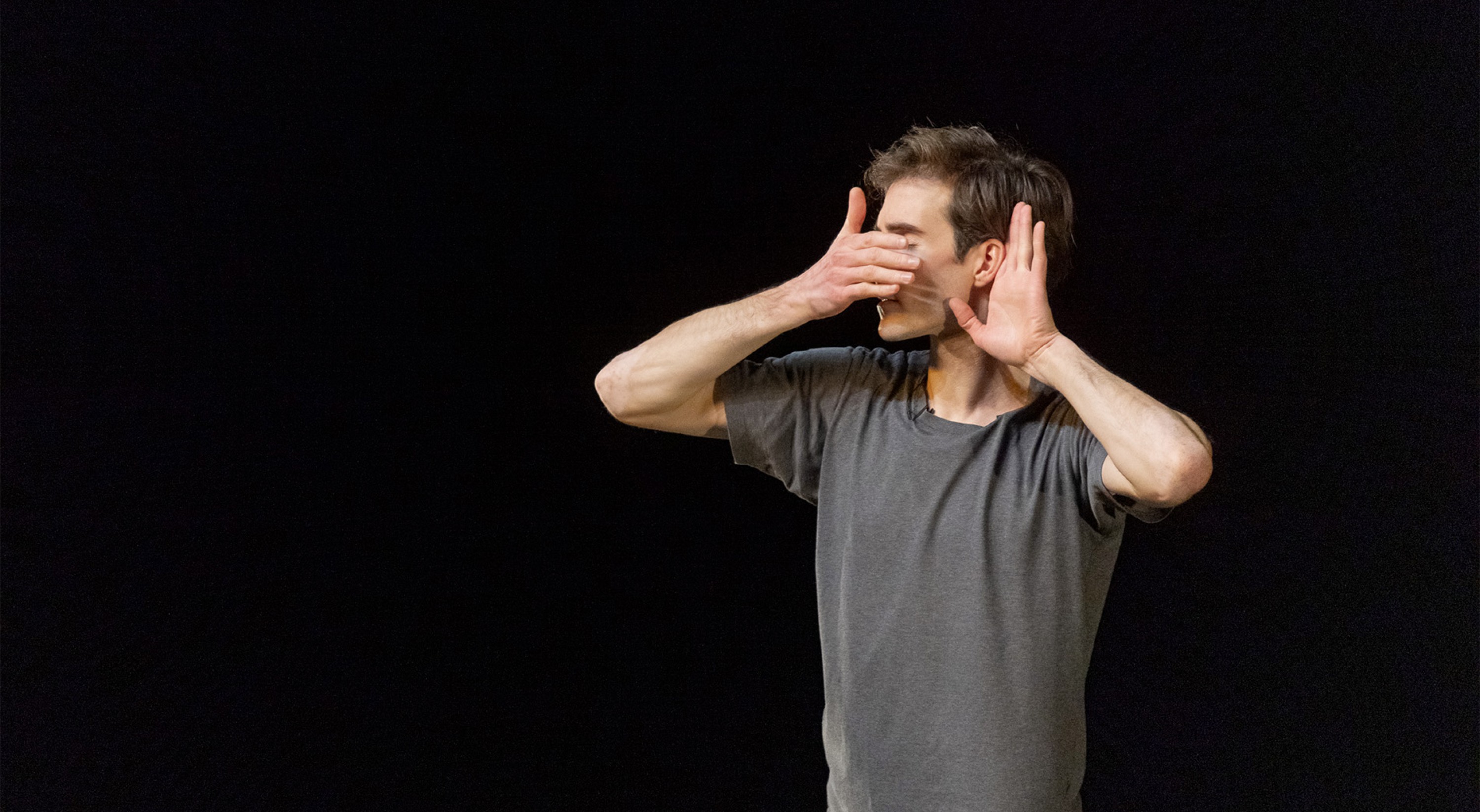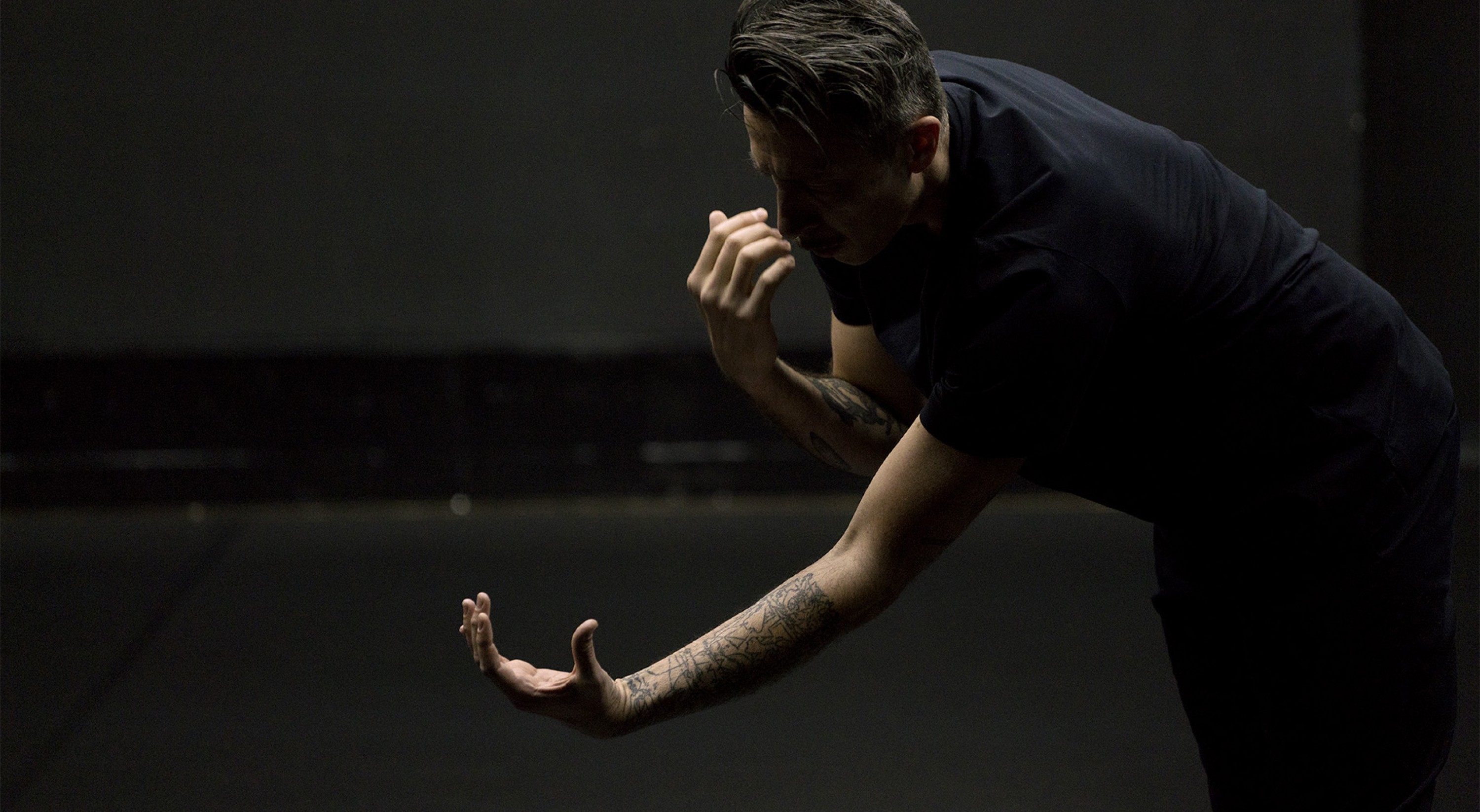Noé Soulier
Le Royaume des ombres Signe blanc Portrait de Frédéric Tavernini
octoberoct 12 – 13
Le Royaume des ombres
Choreography, Noé Soulier
Featuring Vincent Chaillet
Produced by P.A.R.T.S. – Performing Arts Research and Training Studios
Production delegated to Cndc – Angers
Signe Blanc
Choreography, Noé Soulier
Featuring Vincent Chaillet
Produced by wpZimmer (Anvers); Palais de Tokyo (Paris)
Production delegated to Cndc – Angers
Portrait Frédéric Tavernini
Choreography, Noé Soulier
Featuring Frédéric Tavernini, Noé Soulier
Lights, Victor Burel
Music, Matteo Fargion, Chaikovsky, Chopin
Co-directed by La Briqueterie – CDCN du Val-de-Marne (Vitry-sur-Seine); Festival d’Automne à Paris
With support from Dance Reflections by Van Cleef & Arpels
France Culture is a partner of 6 x Noé Soulier
Via different choreographical vocabularies ranging from classical dance to contemporary dance, Noé Soulier offers us the means to apprehend dance in terms of what it signifies. From gesture to analysis and from analysis to testimony, these three pieces are the vehicle for an intimate history of dance.
Le Royaume des ombres (2009), Noé Soulier’s earliest work, draws upon his experience as a dancer trained in the language of ballet. In order to understand the articulation of the different steps which make up this language, this solo reconstructs a fragmentary dance using these interlinking movements which enable the different steps to be put together. Signe blanc (2011) continues this research by turning to the art of pantomime. A polysemic dance made possible by an evolving alphabet, Signe blanc brings out the semantic shifts generated by these signs in order to expose the zones where there is a crossover between mimicry, abstraction and discourse. In the last of the three works presented at this year’s Festival, Noé Soulier turns his attention to the work of Frédéric Tavernini – a dancer for Maurice Béjart, Mats Ek, Trisha Brown and William Forsythe. In a highly nuanced portrait, he builds up a personal testimony in which the various gestures, which have left their imprint on the bodies of their performers, tell us much about the works themselves. Alternating between perception and narration, Noé Soulier continues in his quest to decipher dance using, this time around, the spoken word of the performer himself.
In the same place



